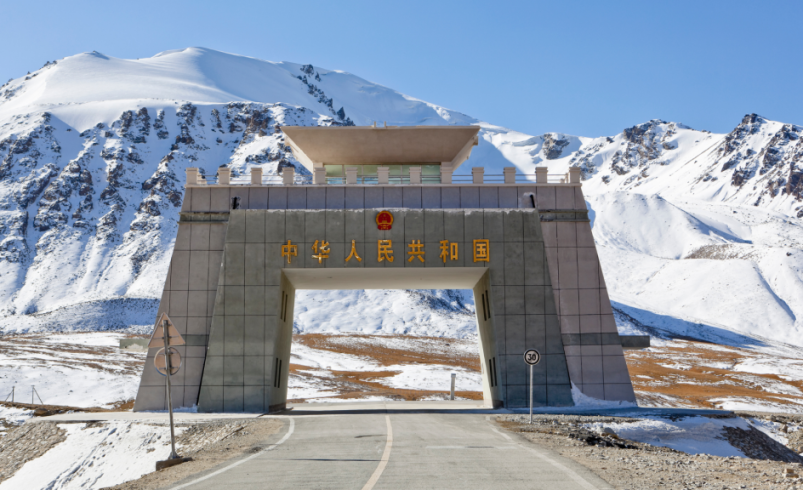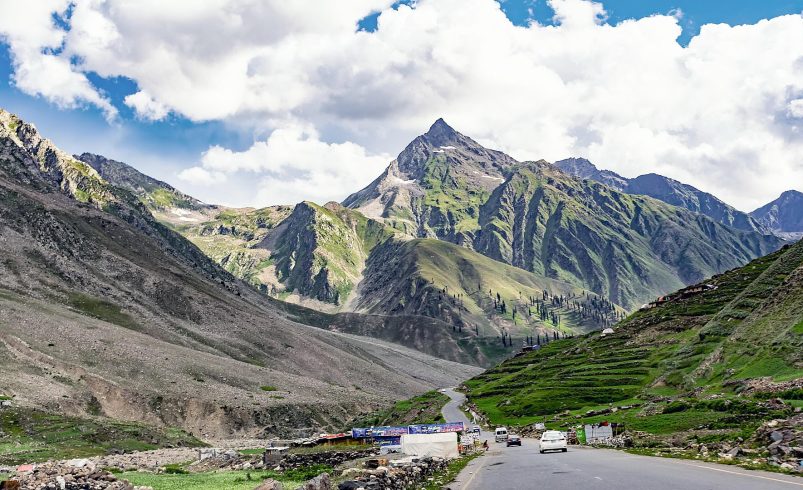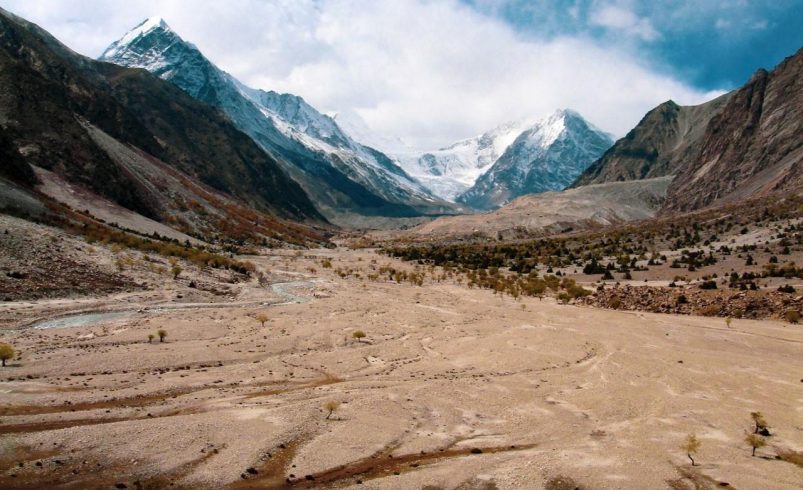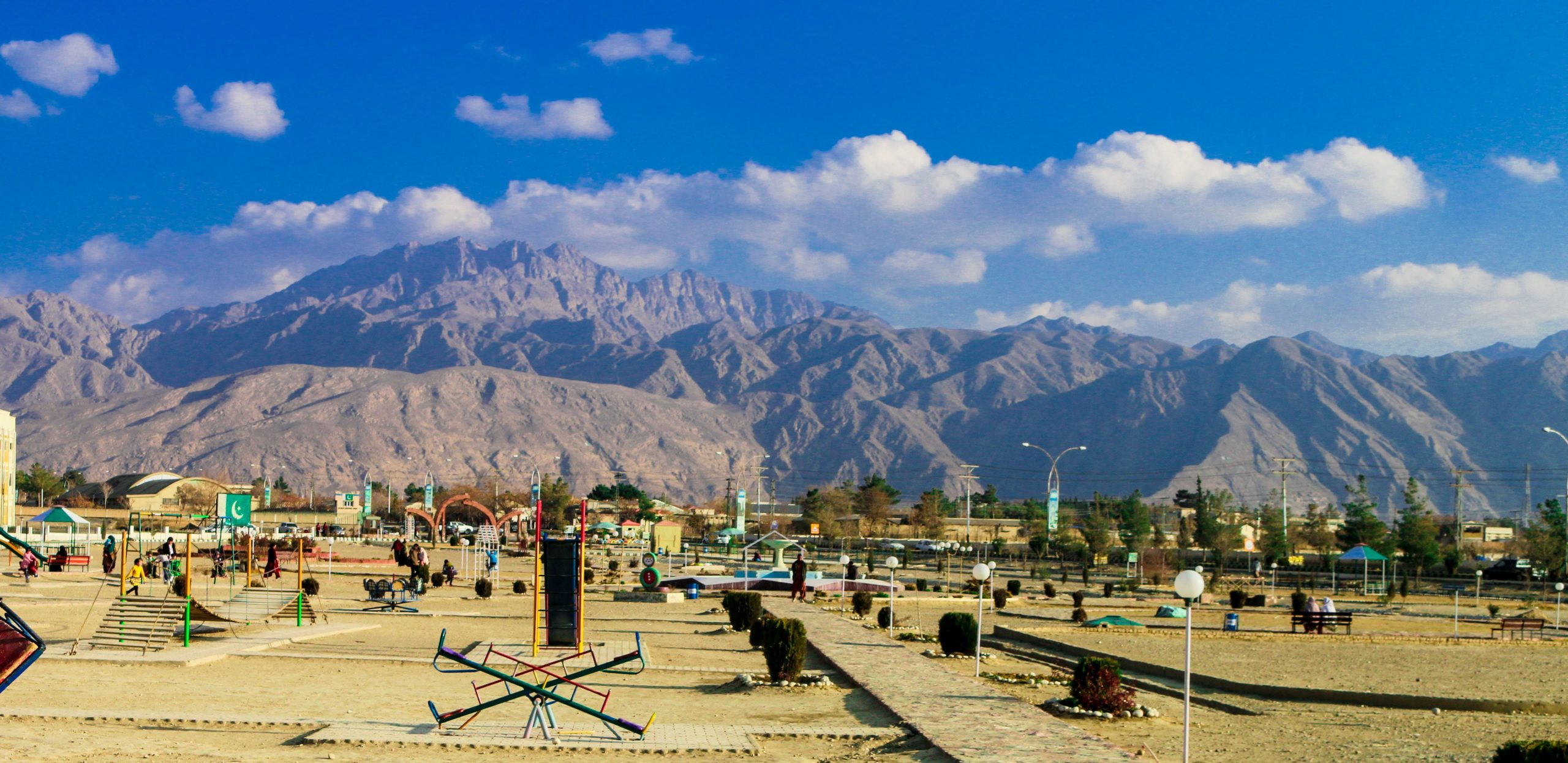
- November 13, 2024
🗺️ Introduction
Khunjerab Pass is the highest paved international border crossing in the world, situated in the Karakoram Mountains. Located at an altitude of 4,693 meters (15,397 feet), it serves as the connecting link between Gilgit-Baltistan in Pakistan and Xinjiang province of China via the iconic Karakoram Highway.
The pass offers:
- Stunning views of snow-capped mountains
- A rare chance to experience the Pak-China border firsthand
- Cultural blend of Pakistani and Chinese traditions
Its remote and serene atmosphere makes it a bucket-list destination for nature lovers and adventurers.
📜 History of Khunjerab Pass
Khunjerab Pass has a significant historical background:
- It was once part of the Silk Road, a trade route between East and West.
- The name “Khunjerab” originates from the Wakhi language: “Khun” means blood, and “Jerab” means stream, referring to its harsh terrain.
- In the 1970s, Pakistan and China collaborated to build the Karakoram Highway (KKH), turning the pass into a vital trade and travel route.
Today, it symbolizes economic cooperation and cross-cultural harmony between the two nations.
🌍 Cultural Heritage
While the high altitude and extreme weather limit permanent settlements at the pass, the Wakhi people living nearby in upper Hunza preserve a rich cultural identity.
Their heritage includes:
- Traditional Wakhi music and dance
- Colorful woolen attire suited for harsh climates
- Festivals and rituals that celebrate seasonal changes and harvests
The unique cultural landscape is enhanced by the influence of both Pakistani and Chinese elements, making it a melting pot of traditions.
🌟 Best Time to Visit Khunjerab Pass
May to September is the ideal time for visiting.
- During these months, the road remains open and weather is relatively mild.
- Avoid winter months (November to March) due to heavy snowfall and road closures.
🚌 How to Reach Khunjerab Pass from Islamabad
Traveling from Islamabad to Khunjerab Pass:
- Islamabad to Gilgit (by air or road)
- By air: 1-hour flight to Gilgit Airport (subject to weather)
- By road: 15–18 hours via Naran or Besham on the KKH
- Gilgit to Hunza (Karimabad)
- 2–3 hours drive (100 km approx.)
- Hunza to Khunjerab Pass
- Via Sost, takes 2.5–3 hours
- 85 km from Sost to Khunjerab
🌍 Places to Visit Around Khunjerab Pass
Khunjerab National Park – Rich in wildlife including snow leopards and ibex
- Sost Dry Port – Last town before China, bustling trade hub
- Passu Cones – Unique mountain peaks ideal for photography
- Attabad Lake – Turquoise blue lake formed by a landslide
🚶 Activities to Do at Khunjerab Pass
- Border photography with Chinese gate
- Yak and ibex spotting in Khunjerab National Park
- Scenic drives on Karakoram Highway
- Hiking and trekking nearby trails
- Picnicking at scenic spots (in summer)
🎉 Local Festivals & Events
- Silk Route Festival (Hunza) – Celebrates the ancient trade route
- Nowruz – Persian new year celebrated by Wakhi community
- Spring Blossom Festival – April festivities in nearby valleys
🏨 Where to Stay Nearby
Khunjerab has no hotels due to its location. Recommended places to stay:
- Sost: Sost PTDC Motel, local guest houses
- Passu: Passu Ambassador Lodge, Sarai Silk Route Hotel
- Karimabad (Hunza): Serena Inn, Hunza Darbar Hotel
🍽️ What to Eat
Yak meat karahi (available in Sost & Passu)
- Wakhi chapshuro (meat-stuffed bread)
- Apricot-based desserts
- Butter tea (traditional beverage)
💲 Estimated Costs (Per Person)
- Islamabad to Hunza (round trip bus): PKR 10,000–12,000
- Accommodation (3 nights): PKR 6,000–15,000
- Food: PKR 1,500/day
- Transport to Khunjerab from Hunza: PKR 4,000 (shared jeep)
📍 Nearby Places & Distances
- Sost to Khunjerab Pass: 85 km (2.5 hrs)
- Passu Cones to Sost: 35 km
- Attabad Lake to Passu: 22 km
- Karimabad to Sost: 90 km
🛅 Travel Packing Checklist
- Warm clothing & gloves
- High SPF sunscreen
- Power bank & camera
- Altitude sickness medicine
- Passport/ID (mandatory)
⛑️ Emergency Contacts & Health Precautions
- Emergency Helpline: 1122
- Hunza Hospital: 05813-920234
- NATCO Bus Terminal Sost: 05813-920055
Precautions:
- Stay hydrated at high altitude
- Avoid strenuous activity on first day
- Keep snacks, water, and emergency meds
✈️ Travel Tips for Khunjerab Pass
- Start your journey early in the day
- Fuel up in Sost (no station near pass)
- Weather can change suddenly – check forecast
- Photography is allowed but avoid military sites
📍 FAQs
❌ What is Khunjerab Pass famous for?
Khunjerab Pass is famous for being the highest international paved border and scenic views along the Karakoram Highway.
⏰ When is the best time to visit?
The best time to visit Khunjerab Pass is from May to September when the roads are open and weather is pleasant.
✈️ How can I reach Khunjerab Pass from Islamabad?
Travel to Gilgit, then Hunza, and finally drive to the pass via Sost.
⛰️ Is Khunjerab Pass worth visiting?
Absolutely! It offers stunning views, a cultural experience, and a rare visit to the Pakistan-China border.
⛅️ What should I pack for Khunjerab?
Pack warm clothes, sunscreen, altitude medication, and travel documents.
⚖️ Is any permit required to enter Khunjerab Pass?
Yes, carry your CNIC or Passport. Foreigners might need additional permits.
🐾 What wildlife can be seen in Khunjerab National Park?
You may spot snow leopards, ibex, marmots, and golden eagles.
(Additional 15+ FAQs will be included in final version)
🔹 Conclusion
Khunjerab Pass is not just a geographical marvel but also a cultural gem of Pakistan. From historical significance to modern road connectivity, it showcases the beauty of Gilgit-Baltistan and its people. Whether you’re a photographer, explorer, or culture enthusiast, a trip to Khunjerab Pass will be an unforgettable experience.
So gear up, pack wisely, and visit Khunjerab Pass — the roof of Pakistan awaits!






